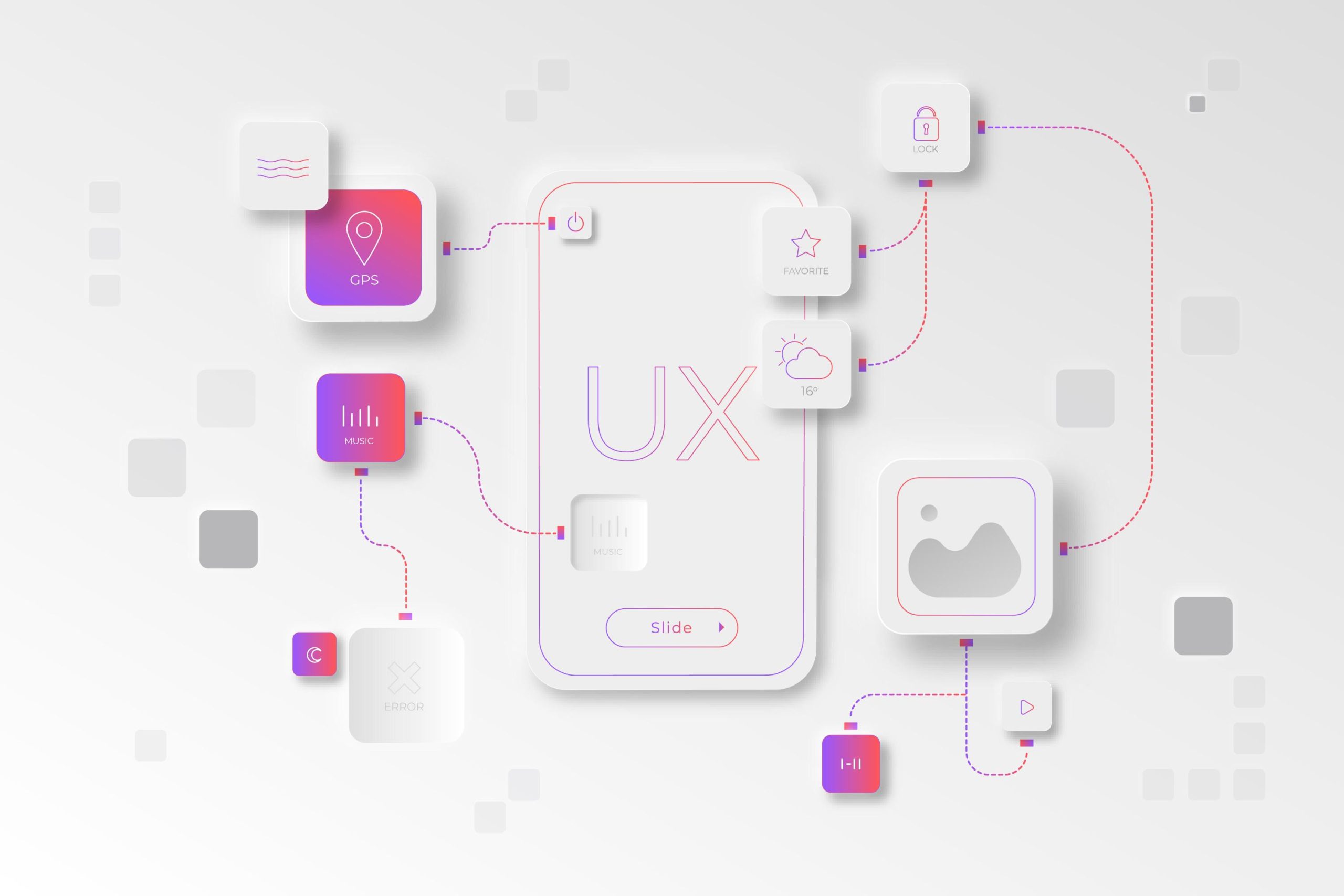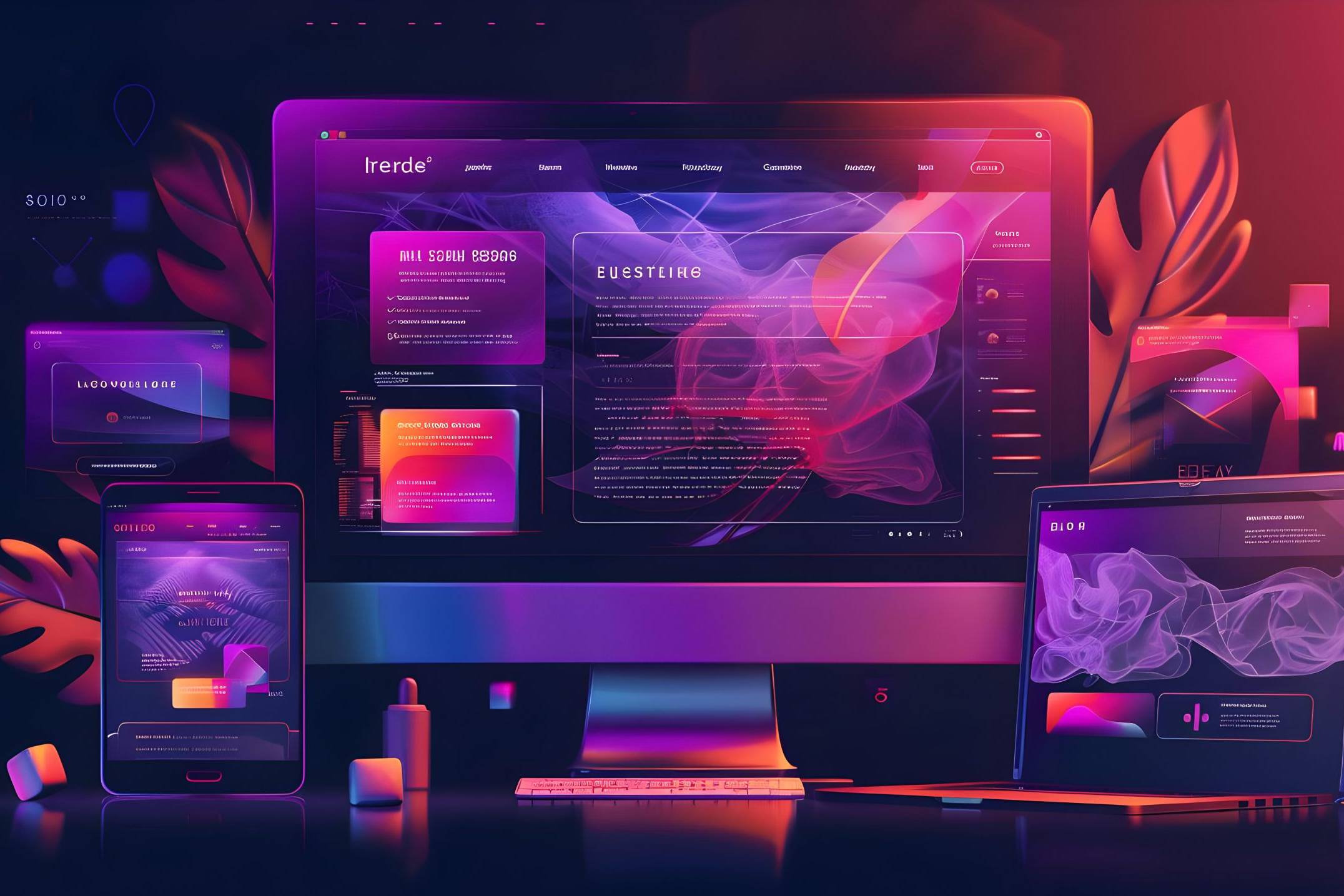There’s a quiet moment in every great user interview — when the questions fall away and you simply ‘see’ the person.
Not the ‘user’. Not the ‘persona’. But the real human being behind the metrics — someone navigating hopes, habits, and frustrations in ways no analytics dashboard can fully describe.
That’s where ‘ethnography’ begins.
And where great UX design truly takes root.
What Is Ethnography, Really?
Ethnography is the study of people in their natural environments — not in labs, not through surveys, but in the flow of their real, everyday lives.
Rooted in anthropology, ethnography emerged as a method to understand cultures by *living among* them. Early ethnographers didn’t just observe; they immersed. They learned the language, shared meals, noticed gestures, and recorded the subtle patterns of how people made sense of the world.
When applied to UX research, ethnography becomes a bridge between design and humanity. It allows us to see context, not just behaviour.
Instead of asking “what are users doing?”, we begin asking *“why do they do it this way — and what does it mean to them?”
The Limits of Data Without Context
Modern design teams have no shortage of data. We can measure clicks, scroll depth, retention rates, NPS scores, and heat maps until the servers hum. But what we often lack is understanding.
Data tells us ‘what’ happened. Ethnography tells us WHY.
A drop in engagement might look like a usability flaw — until you observe that users are multitasking parents trying to complete a task between interruptions. A confusing interface might test fine in the lab — until you realise that in the real world, it’s being used outdoors, in poor light, on slow networks.
Ethnography reminds us that every digital product lives in a messy, emotional, analog world. It’s not about replacing quantitative research — it’s about grounding it in reality.
“The numbers tell you there’s a problem. The stories tell you why it matters.”

Observation Over Assumption
Ethnographic UX research begins with humility. You don’t go into the field to prove your design right — you go to understand where it’s wrong, incomplete, or out of sync with real life.
This often means unlearning what you think you know about users.
You watch. You listen. You notice what isn’t said.
A seasoned researcher might spend hours in a call centre watching agents use internal software, or follow nurses through a hospital to understand how documentation fits into their routines. You might even shadow a gamer, a cashier, or a traveler — not to test a feature, but to grasp the world they inhabit.
The power lies in ‘empathy through observation’.
When you see how people adapt to friction, invent workarounds, or find meaning in unexpected places, you stop designing for users — and start designing *with* them in mind.
Thick Description: The Depth That Makes Insight
Anthropologist Clifford Geertz described ethnography as creating “thick description” — not just recording what happens, but interpreting the cultural layers beneath it.
In UX terms, thick description transforms simple notes into rich insight.
Instead of “User opened app twice per day,” you capture:
“She checks the app while waiting in the car at school pickup — it’s her five-minute window of calm, but she struggles to read notifications under bright sunlight.”
That’s design gold.
Because real empathy doesn’t live in averages — it lives in context.
Methods: How Ethnography Enters UX Practice
While traditional ethnography can take months or years, UX teams often adapt its mindset into more agile forms:
1. Field Studies – Spending time with users in their environment: at home, at work, on-site, or in motion.
2. Shadowing – Following users through their daily workflows, observing how they navigate tools and interruptions.
3. Contextual Inquiry – Combining observation with lightweight interviewing: asking questions *in the moment* rather than afterward.
4. Diary Studies – Asking participants to record their experiences, emotions, and challenges over time — revealing longitudinal insights.
5. Photo or Video Ethnography – Capturing user environments and expressions visually, preserving nuance often lost in notes.
The goal isn’t just documentation — it’s immersion.
You’re building a mental map of the user’s ecosystem, not just their interface.

Designing for Reality, Not Ideal Behaviour
One of the greatest gifts of ethnography is the way it shatters the illusion of the “rational user.”
Real people forget passwords. They reuse the same one for everything. They write notes on sticky paper next to the monitor. They use products in noisy cafés, in cars, half-awake, or one-handed while holding a child.
Ethnographic insights make design compassionate.
They turn optimisation into ‘humanisation’.
That’s why some of the world’s best design teams — IDEO, Google, Airbnb, and others — weave ethnography into their creative DNA. It helps them see the gap between ‘intended use’ and ‘actual life’, and to design not just for efficiency, but for emotion and adaptability.
From Empathy to Strategy
Ethnography doesn’t end with observation — it transforms into strategy.
Once you see the world through your users’ eyes, you can prioritise what truly matters.
You stop chasing feature requests and start addressing human needs.
For example:
* A fintech app may realise that its users aren’t motivated by savings goals, but by social accountability — prompting community-based saving features.
* A healthcare product might shift focus from interface optimisation to better **handoff communication** between nurses and doctors.
* A gaming studio might discover that its players value social belonging more than new features — leading to in-game events and community hubs.
The insight isn’t the observation itself — it’s the ‘meaning’ that guides design decisions.
Challenges and Misconceptions
Ethnography in UX often faces two criticisms:
It’s ‘too slow’ and ‘too subjective’.
But both are misconceptions.
A well-planned ethnographic study doesn’t need to take months; even a week of field immersion can reveal insights that surveys never will.
And as for subjectivity — yes, ethnography is interpretive, but that’s its strength. It captures the nuances that raw data erases. The key is triangulation: pairing field observations with analytics, usability testing, and business metrics to form a balanced picture.
It’s not art versus science — it’s both, working together.
The Ethical Dimension
There’s also a moral beauty in ethnographic UX. It demands respect. You’re entering someone else’s world, often their private or emotional space.
Good researchers approach this with ‘integrity and empathy’ — obtaining consent, maintaining confidentiality, and representing users truthfully.
Because every story you collect isn’t data; it’s a fragment of someone’s life.
That responsibility shapes better designers — not just more informed ones.

Ethnography in the Age of AI
As AI and automation increasingly mediate our interactions, ethnography is more vital than ever. Machines can model behaviour, but they can’t interpret meaning.
When algorithms decide what users see, buy, or read, understanding human context becomes a moral and creative imperative. Ethnographic UX ensures that human complexity — culture, emotion, ritual, identity — remains part of the design equation.
In a world obsessed with personalisation, ethnography reminds us that the goal isn’t to predict behaviour — it’s to understand humanity.
From Insight to Action
The true power of ethnography in UX isn’t in the field notes or beautiful research decks.
It’s in how those insights shape what we build next.
* Translate your observations into design principles: “Simplify task flow for interrupted contexts.”
* Create artefacts that bring users to life — journey maps, storyboards, or short films.
* Invite stakeholders to the field. Let them ‘see’ the real environment. It changes everything.
Ethnography doesn’t just make products better — it makes organisations wiser. It re-centres teams on what design is ultimately for: ‘people navigating life.’
Recommended Reading
1. “The Design of Everyday Things” – Don Norman
The classic bridge between psychology, usability, and empathy in design.
2. “Observing the User Experience” – Mike Kuniavsky
A field guide to qualitative research methods for designers.
3. “Contextual Design” – Hugh Beyer & Karen Holtzblatt
Practical frameworks for translating field insights into design structure.
4. “Ethnography for the Internet” – Christine Hine
How digital ethnography evolves in online communities and virtual spaces.
Final Thoughts
UX research without ethnography is like designing a city by staring at traffic data. You might know how fast cars move, but not why people travel, where they pause, or how it feels to cross the street.
Ethnography restores that missing heartbeat.
It reconnects design to life — reminding us that behind every click, scroll, and swipe, there’s a human story unfolding.
And in the end, that story is what design should always be about.

Related Posts
November 2, 2025
Empathy Mapping: The Hidden Framework Behind Human-Centred Product Decisions
Empathy Mapping is one of the simplest, yet most transformative tools that…
October 19, 2025
Two Maps, One Destination: How User Journeys and User Flows Work Together in UX
They are different maps of the same landscape — one emotional, one……
July 10, 2025
From First Click to Conversion: A Step-by-Step Guide to Landing Page Design That Works
A landing page is more than a piece of web real estate — it’s a stage where…



